How to Grow Bell Peppers Indoors: Easy Tips for Thriving Plants
Have you ever wondered if you could enjoy fresh vegetables year-round, even if you don’t have a garden? Growing bell peppers indoors might just be the perfect project for you.

From their vibrant colors to their crisp, sweet flavor, bell peppers are a staple in many kitchens. Luckily, growing them indoors is both easy and rewarding, even for beginners like me.
Let me take you through my journey of cultivating these delightful vegetables in the comfort of my own home.
Whether you’re just starting out or already have a green thumb, I’ll guide you step by step so you can enjoy homegrown bell peppers all year round.
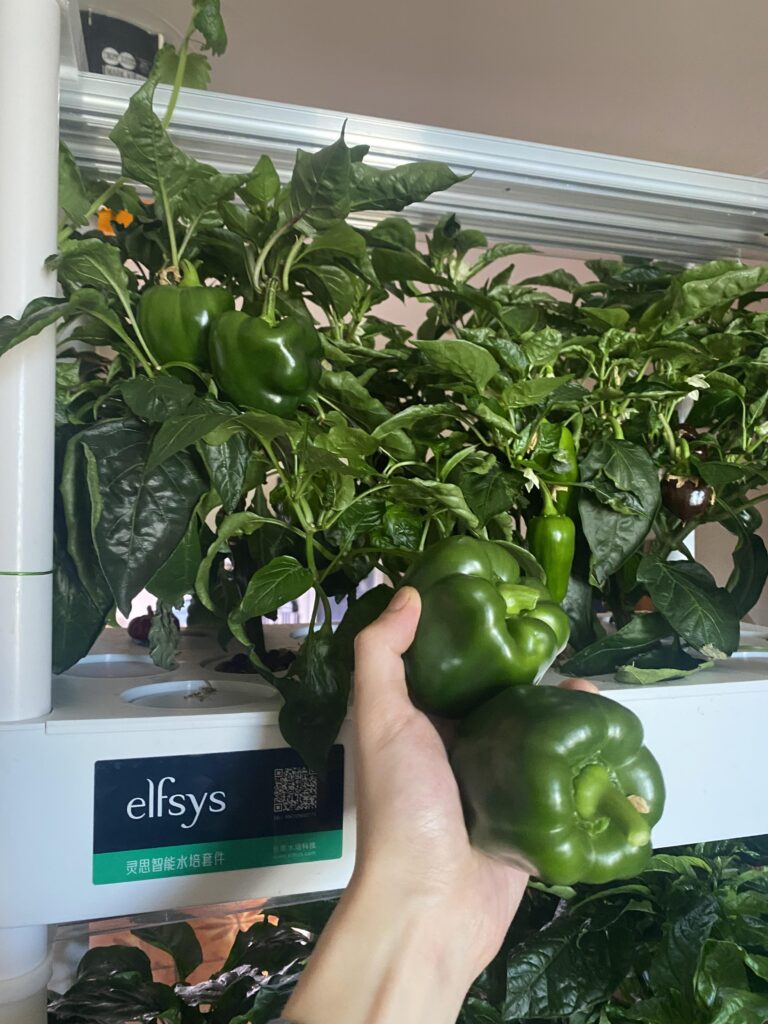
Why Grow Bell Peppers Indoors?
Bell peppers have always been one of my favorite vegetables. Their bright colors and sweet flavor bring an irresistible crunch to dishes like stir-fries, salads, and even sandwiches.
But buying them from the store can be costly, and sometimes the quality isn’t the best.
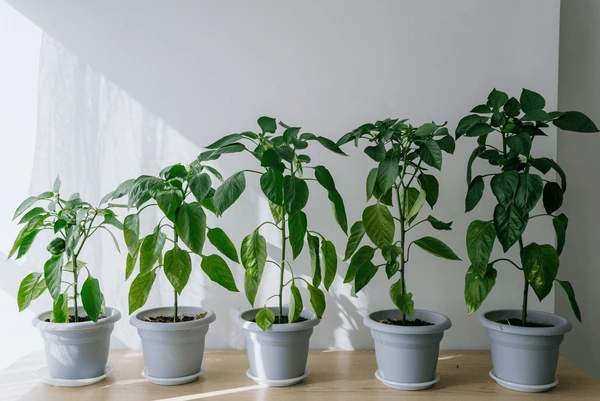
Growing bell peppers indoors not only provides a constant supply of fresh vegetables, but it also means fewer grocery trips, guaranteed quality, and the joy of watching your plants flourish.
Plus, bell peppers are relatively low-maintenance and can thrive indoors with the right care, making them a great plant for beginners. By growing bell peppers indoors, you can control their environment, ensure they remain pesticide-free, and add a touch of greenery to your living space.
Step-by-Step Guide to Growing Bell Peppers Indoors
Step 1: Choosing the Right Pot and Soil
Before planting, it’s important to select the right container and soil. Bell peppers need plenty of space for their roots to grow, so choose a pot that is at least 12-14 inches deep and 10-12 inches in diameter. If you plan to grow multiple plants, use separate pots or a larger container that allows sufficient spacing.
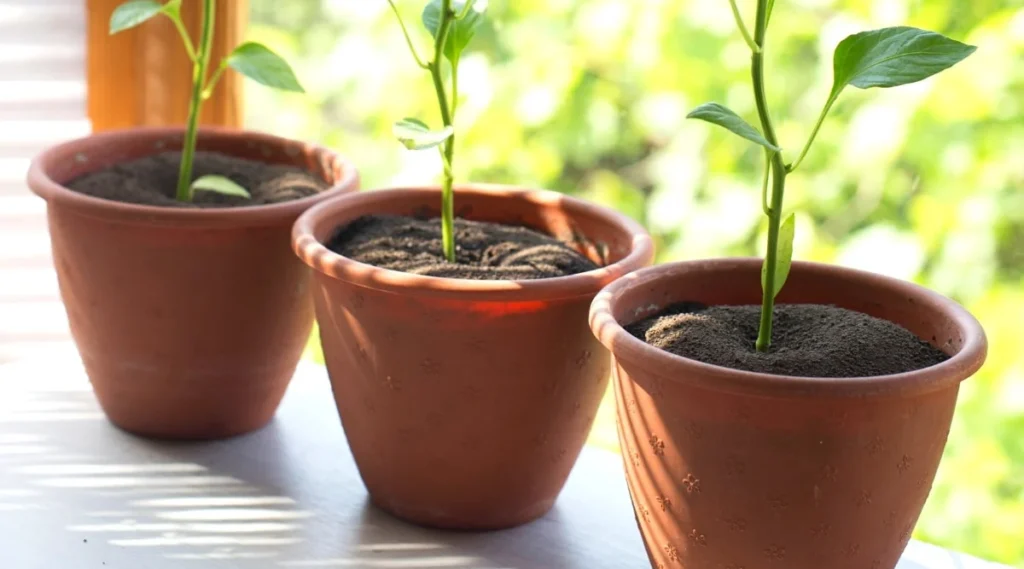
Drainage is crucial. Make sure your pot has drainage holes at the bottom to prevent water from accumulating, which can lead to root rot.
For soil, select a well-draining potting mix enriched with organic compost to provide essential nutrients. Avoid using garden soil, as it tends to compact in containers and may contain pests or diseases.
Pro Tip: Adding perlite or sand to your soil mix improves drainage and prevents compaction.
| Requirement | Details |
|---|---|
| Pot Depth | At least 12-14 inches |
| Pot Diameter | 10-12 inches |
| Drainage | Essential; pot must have drainage holes |
| Soil Type | Well-draining, enriched with compost |
| Recommended Soil | Organic potting mix with added perlite or sand |
Step 2: Planting the Seeds or Seedlings
You have two options for starting your bell peppers: growing from seeds or transplanting seedlings from a nursery. Growing from seeds is rewarding, but it takes more time and patience. If you’re a beginner, you may find it easier to start with seedlings.
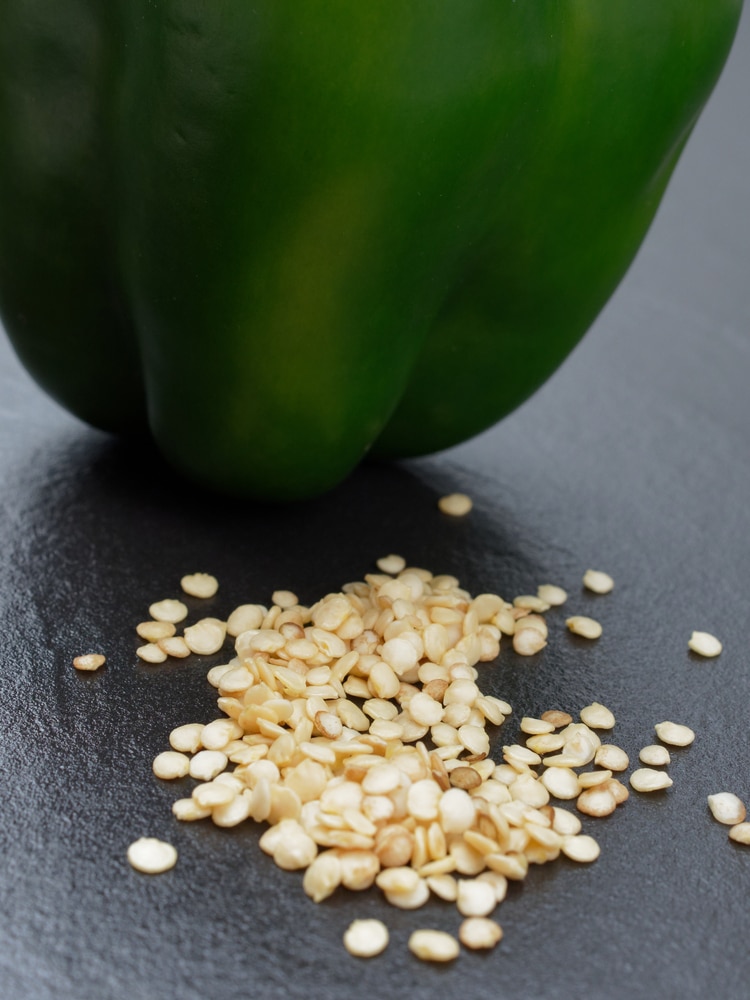
Starting from Seeds:
- Soak the seeds overnight in warm water to speed up germination.
- Fill your pot with moist but not soggy soil and plant seeds ¼ to ½ inch deep.
- Space the seeds about 3-4 inches apart if planting multiple in one pot.
- Cover the pot with clear plastic wrap to retain humidity and warmth. Remove it once the seeds sprout.
- Keep the soil consistently moist but avoid overwatering.
- Seeds typically germinate within 7-14 days.
Starting from Seedlings:

- If using nursery-bought seedlings, gently remove them from their container.
- Dig a hole deep enough to accommodate the root ball.
- Carefully place the seedling into the hole and lightly press the soil around it.
- Water immediately after transplanting.
| Planting Method | Details |
|---|---|
| Seed Depth | ¼ to ½ inch deep |
| Spacing | 3-4 inches apart |
| Germination Time | 7-14 days |
| Transplanting Seedlings | Plant at same depth as original container |
Step 3: Providing Proper Lighting

Bell peppers need at least 6-8 hours of direct sunlight daily. If you don’t have access to a south-facing window, use LED grow lights to ensure your plants receive sufficient light.
Using Grow Lights:
- Position the light 6-12 inches above the plants.
- Keep the lights on for 14-16 hours per day.
- Use a timer to automate the lighting schedule for consistent exposure.
| Lighting Requirement | Details |
|---|---|
| Natural Light | 6-8 hours of direct sunlight daily |
| Grow Light | LED, 14-16 hours a day |
| Light Position | 6-12 inches above the plant |
Step 4: Watering the Right Way
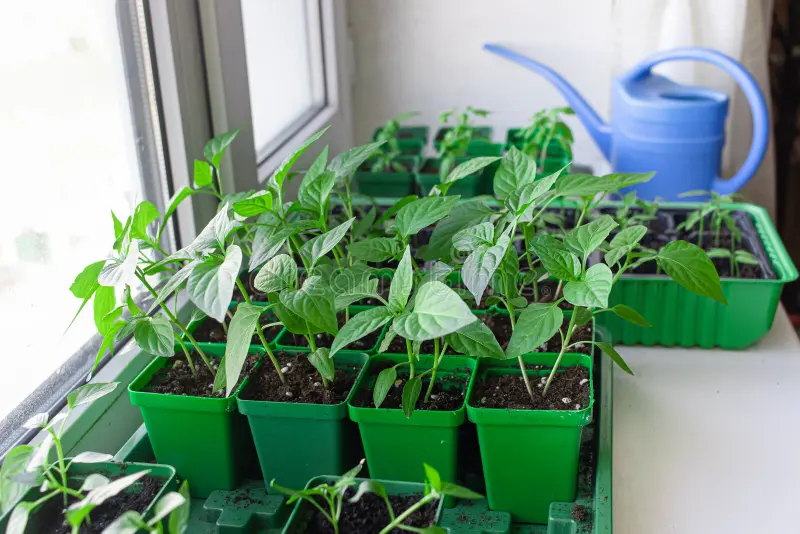
Watering is critical for healthy bell pepper plants. Keep the soil evenly moist but avoid overwatering, which can lead to root rot.
Best Watering Practices:
- Check the soil moisture by sticking your finger one inch deep—if dry, it’s time to water.
- Water slowly at the base to allow the soil to absorb moisture.
- Use room temperature water to prevent shocking the plant.
- Avoid wetting the leaves to prevent fungal diseases.
| Watering Requirement | Details |
|---|---|
| Frequency | Check soil every 2-3 days |
| Soil Moisture | Keep top inch moist, not soggy |
| Watering Method | Water at the base, avoid wetting leaves |
| Best Time to Water | Early morning or evening |
Step 5: Maintaining Temperature and Humidity

Bell peppers thrive in temperatures between 70-80°F during the day and slightly cooler at night. If your home is too cold, consider using a heat mat to maintain warmth for the seedlings.
Add a heater later on to keep them warm when its cold.
Humidity should be moderate (50-60%). If the air is too dry, use a humidifier or place a tray of water near your plants.
| Environmental Requirement | Details |
|---|---|
| Temperature (Day) | 70-80°F |
| Temperature (Night) | Slightly cooler |
| Humidity | 50-60% (moderate) |
| Heat Assistance | Heat mat for cooler homes |
Fertilizer:
When growing bell peppers indoors, you should typically add fertilizer every 2 to 4 weeks during the growing season, using a diluted liquid fertilizer as the best option for potted plants; always follow the instructions on your specific fertilizer packaging for the correct application frequency.
Key points about fertilizing indoor bell peppers:
- Heavy feeders: Bell peppers are considered heavy feeders and benefit from regular fertilization throughout their growth cycle.
- Liquid fertilizer: Liquid fertilizers are preferred for container-grown peppers as they are less likely to build up in the soil.
- Nutrient balance: Once flowering begins, switch to a fertilizer with a higher potassium content to encourage fruit production.
- Check the soil: Before fertilizing, test your soil to ensure it’s not already too nutrient-rich.
Enjoying the Fruits of Your Labor
After a few months, you’ll start seeing small green peppers forming. Once they reach the desired size and color, you can harvest them using clean pruning shears.

Growing bell peppers indoors is not only rewarding but also brings a sense of accomplishment. Whether you’re adding them to fresh salads, stir-fries, or grilled dishes, the taste of homegrown bell peppers is unbeatable.
Let me know if you have any questions, or how its going for you.
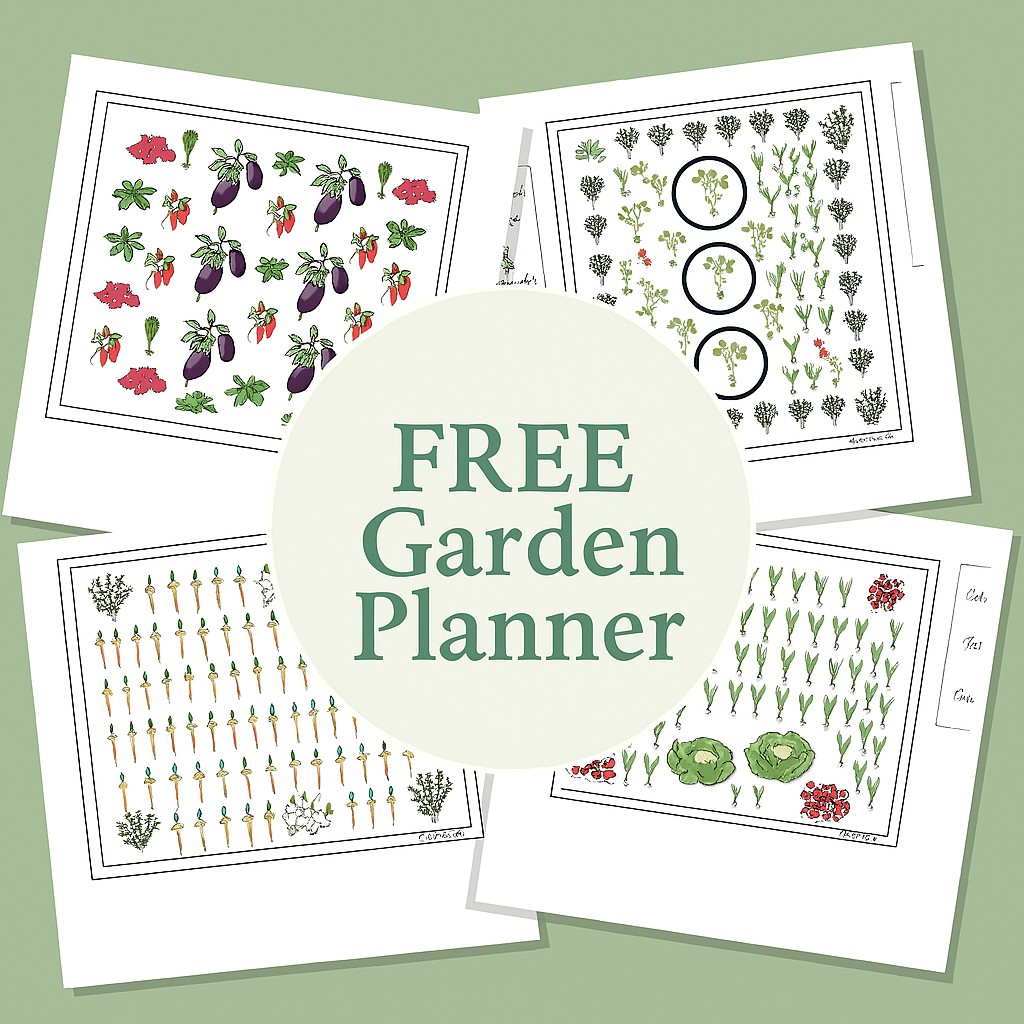

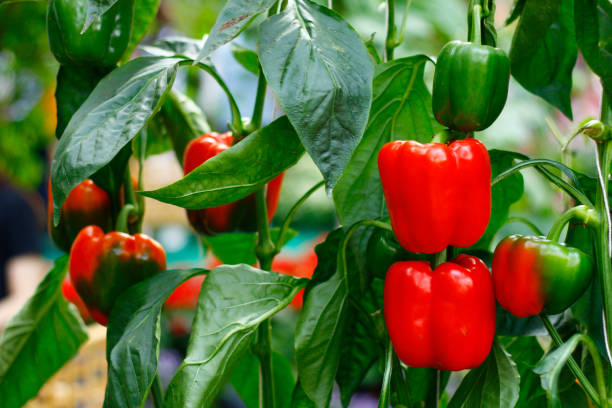
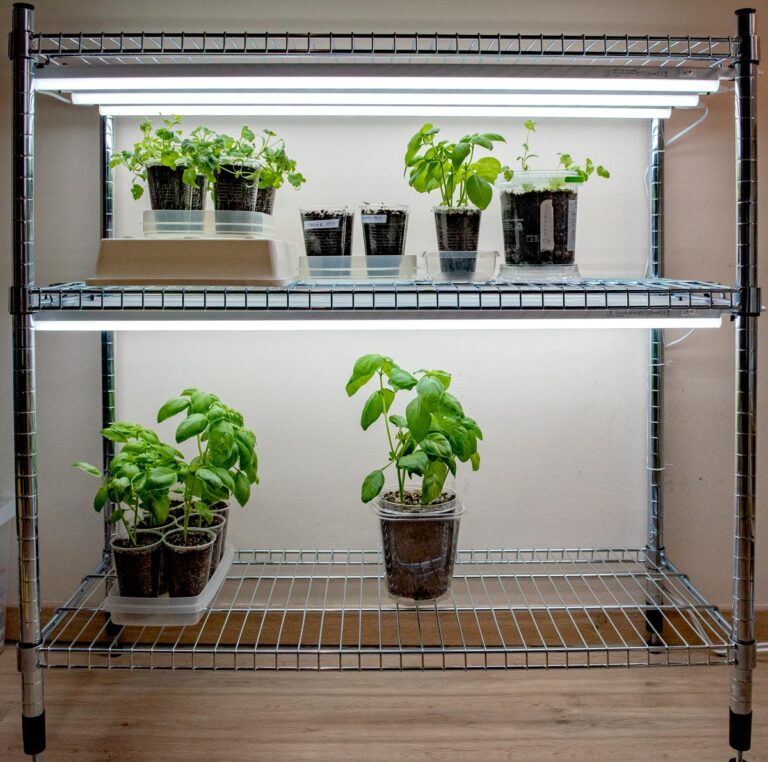
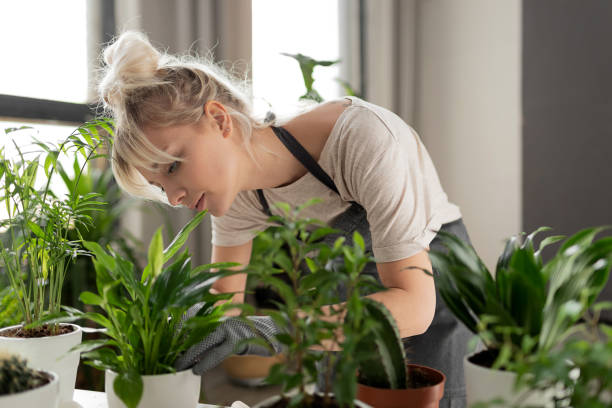
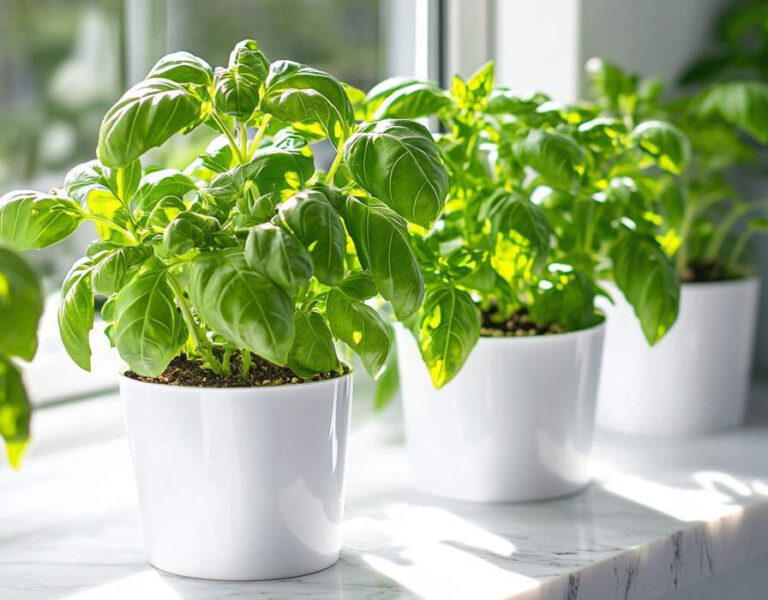
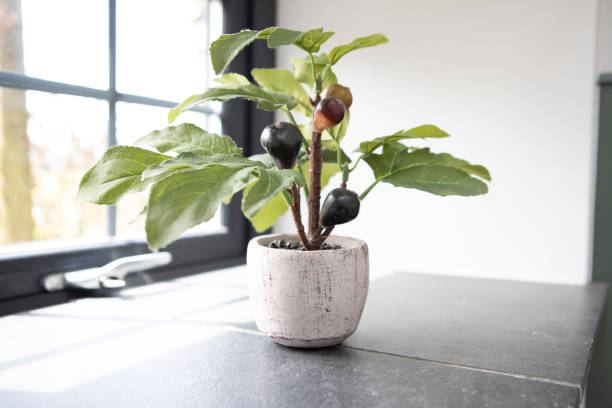
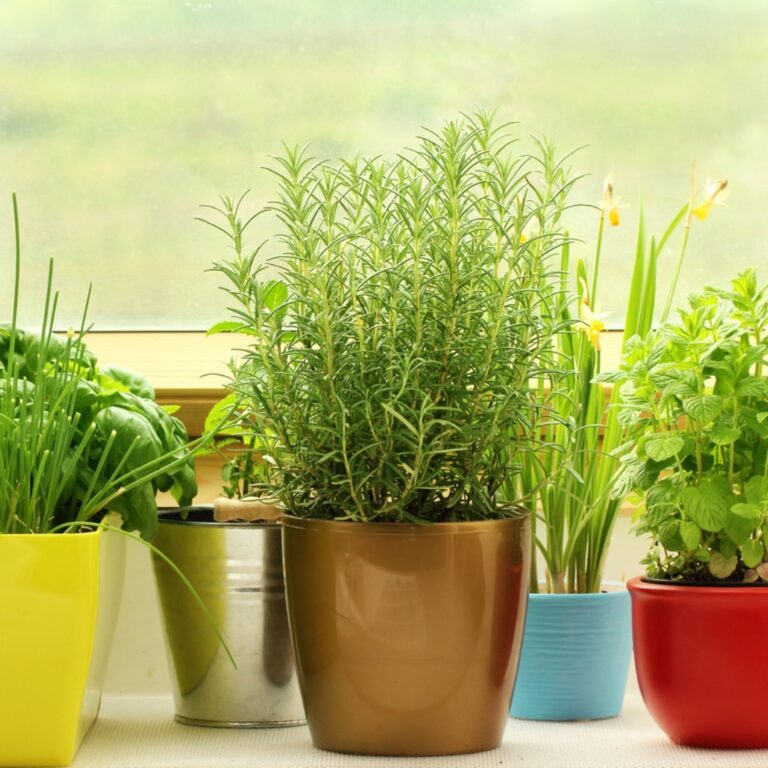
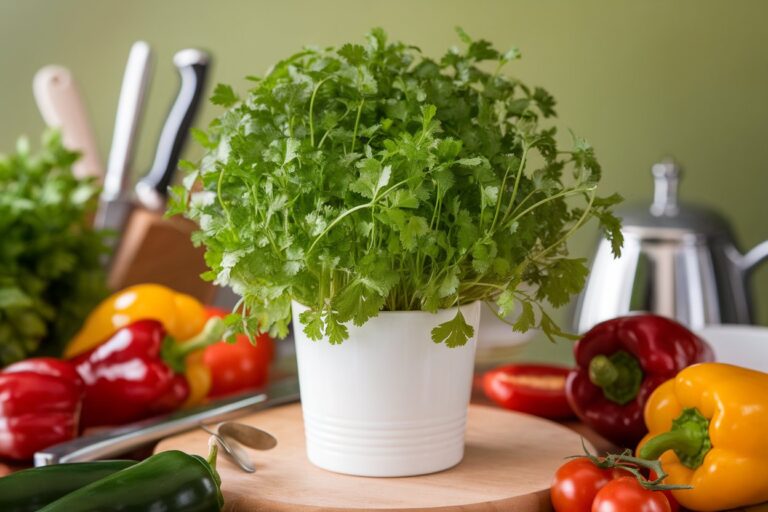
Did you use any fertilizer, if so . How often?
Yes, I have added the section for fertilizer requirement. -Julia
We have a beautiful bell pepper plant that we brought in from outside it has never made any peppers HELP!
Sounds like it just needs a boost! Give it plenty of light (a grow light helps), hand-pollinate with a brush or cotton swab, and pop a fan nearby for airflow.
Are you supposed to hand pollinate them?
Yep, if they’re indoors and there’s no wind or insects, hand pollination helps! Just use a small brush or cotton swab to gently move pollen between flowers.